Does Swimming Burn The Most Calories?
 If you workout at Liv Fitness in Tracy, CA, you probably are active outside the gym. You may go swimming, biking, running, or hiking and probably wonder which one burns the most calories. It’s not an easy question to answer, since that depends on several factors. How fast is your pace and how intensely are you exercising? How long are you exercising?
If you workout at Liv Fitness in Tracy, CA, you probably are active outside the gym. You may go swimming, biking, running, or hiking and probably wonder which one burns the most calories. It’s not an easy question to answer, since that depends on several factors. How fast is your pace and how intensely are you exercising? How long are you exercising?
Many people consider running the top calorie burner.
Running is an intense activity that pushes the body to the limit. However, you can only run at peak intensity for so long. You can swim far longer. Even though running burns about 60% more calories than casual swimming, you can continue casual swimming far longer than running at peak performance. Does it burn more calories per hour? No, but you can swim far longer without getting exhausted.
Swimming is a good cardio exercise that is easy on the joints.
If your knees hurt every time you run, take note. Running is a high-impact sport that takes its toll on the joints. Swimming, on the other hand, is low impact. It’s especially good for people who are overweight or those with joint issues. Your body is more buoyant in the water so there’s far less pressure on the joints. The water also provides more resistance than exercising on dry land does, so you’ll burn more calories if you do traditional calisthenics in the water. Walking and attempting to run in water can burn even more calories than the dry land counterparts.
You’ll burn calories as you build muscle tissue.
Because of the water resistance, you’re building muscle. After all, that’s what strength training is. It’s resistance training. On dry land, the weight of the dumbbells, barbells, or your body goes against the force of gravity. In the water, it’s against the water resistance. Unlike running, which burns both muscle and fat tissue, you build muscle tissue when swimming. The more muscle tissue you have, the higher your metabolism, since muscle tissue requires more calories to maintain than fat tissue does. The more muscle you have, the more calories you burn, even when you’re sleeping.
- One study of middle-aged women showed that spending three times a week swimming for 60 minutes burned substantial weight. More weight loss was from fat loss. It was primarily from the hip and waist area.
- Another exercise that burns fat and builds muscle tissue is resistance training—weight lifting or bodyweight exercises. You can make it a high intensity interval workout to burn extra calories.
- Swimming is a full-body exercise, which is another reason it burns a lot of calories. It also works all the muscles in the body. If you swim at top speed, it burns as many calories as running.
- You can use swimming as an alternate exercise on your days away from the gym. It increases circulation. If you’ve had an intense day at the gym, use it as a recovery exercise the next day.
For more information, contact us today at LIV Fitness


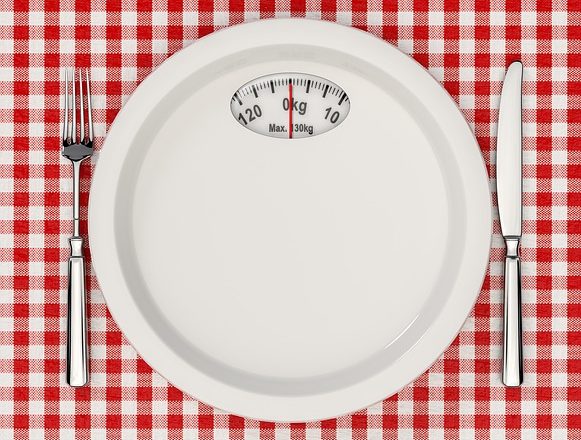
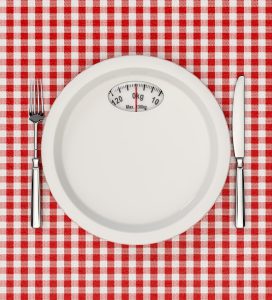 The term intermittent fasting—IF—describes a technique using meal timing. People fast within a specific window and the balance of the time, eat normally. Initially, doctors used IF to help control seizures and for other medical issues. Today, many people use it for weight loss. IF isn’t rigid. You can do it in several ways. The most popular is too fast for an extended period, such as 14 to 16 hours, consuming only tea, coffee, or water, then eat normally the rest of the time. Some forms include alternating days of normal eating with fasting days or ones when you eat limited calories.
The term intermittent fasting—IF—describes a technique using meal timing. People fast within a specific window and the balance of the time, eat normally. Initially, doctors used IF to help control seizures and for other medical issues. Today, many people use it for weight loss. IF isn’t rigid. You can do it in several ways. The most popular is too fast for an extended period, such as 14 to 16 hours, consuming only tea, coffee, or water, then eat normally the rest of the time. Some forms include alternating days of normal eating with fasting days or ones when you eat limited calories.
 Everyone loves something sweet, whether it’s a juicy orange or a sweet treat. The problem with satisfying that craving for sugar with chocolate or other food with added sugar makes it even more difficult to stop overeating sugary delights once you start. That’s because sugar stimulates brain neuroreceptors which opioids also stimulate. It releases the feel-good neurotransmitter dopamine. That reward increases your desire to eat more. It’s similar to using recreational drugs. The more you eat, the more you want.
Everyone loves something sweet, whether it’s a juicy orange or a sweet treat. The problem with satisfying that craving for sugar with chocolate or other food with added sugar makes it even more difficult to stop overeating sugary delights once you start. That’s because sugar stimulates brain neuroreceptors which opioids also stimulate. It releases the feel-good neurotransmitter dopamine. That reward increases your desire to eat more. It’s similar to using recreational drugs. The more you eat, the more you want.
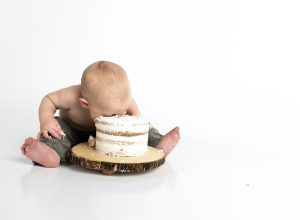 If you’re like many people in Livermore, CA, you’ve heard the latest scientific discovery linking a genetic factor to the potential of becoming obese. While genetic makeup dramatically affects your future, it doesn’t seal your fate. A predisposition means you must work harder and be more careful with your diet and other lifestyle options. Scientists recently analyzed human genome sections affecting body weight in four hundred thousand people. The people in the top 10% containing those markers were 25 times more likely to become severely obese than those in the bottom 10%.
If you’re like many people in Livermore, CA, you’ve heard the latest scientific discovery linking a genetic factor to the potential of becoming obese. While genetic makeup dramatically affects your future, it doesn’t seal your fate. A predisposition means you must work harder and be more careful with your diet and other lifestyle options. Scientists recently analyzed human genome sections affecting body weight in four hundred thousand people. The people in the top 10% containing those markers were 25 times more likely to become severely obese than those in the bottom 10%.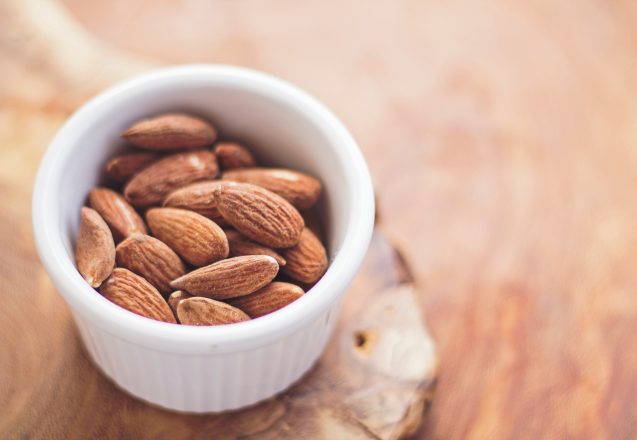
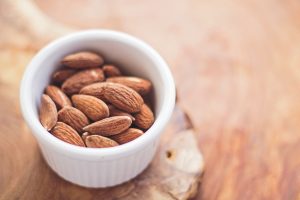 It’s three in the afternoon and you’re wiped out. Is it time to grab a candy bar or drink a cup of coffee? The answer is a resounding no. While those types of energizing foods give a quick boost, they only provide that boost for a short time, then the dip in energy goes even lower. Real energizing food gives sustained energy that diminishes slowly. Carbohydrates provide quick energy and simple carbs immediately boost blood sugar levels. Complex carbs digest slower, as do proteins and fats.
It’s three in the afternoon and you’re wiped out. Is it time to grab a candy bar or drink a cup of coffee? The answer is a resounding no. While those types of energizing foods give a quick boost, they only provide that boost for a short time, then the dip in energy goes even lower. Real energizing food gives sustained energy that diminishes slowly. Carbohydrates provide quick energy and simple carbs immediately boost blood sugar levels. Complex carbs digest slower, as do proteins and fats.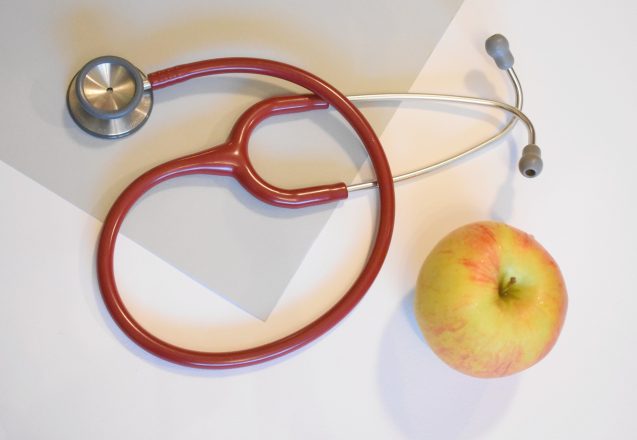
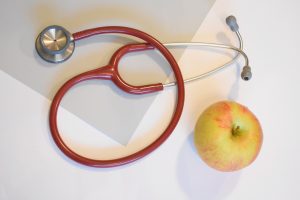 The food you consume can make you healthier or increase the risk of disease. It can cause an imbalance in your gut microbiome that can cause mental issues. Some foods are specifically beneficial to certain parts of the body. They can lower the risk of heart disease and stroke. These foods may help lower blood pressure, improve cholesterol levels, or reduce inflammation, which reduces the risk factors for heart problems.
The food you consume can make you healthier or increase the risk of disease. It can cause an imbalance in your gut microbiome that can cause mental issues. Some foods are specifically beneficial to certain parts of the body. They can lower the risk of heart disease and stroke. These foods may help lower blood pressure, improve cholesterol levels, or reduce inflammation, which reduces the risk factors for heart problems.
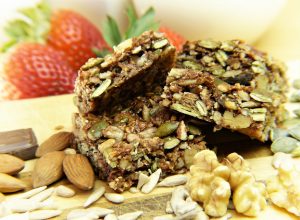 The people of Livermore, CA, have access to some great local produce and stores packed with healthy foods, so you’d think it would be easy to eat the foods that can keep you fit. That’s not necessarily true. The food is available, but finding the right food can be quite confusing. You might eat certain food because you think it’s wholesome, like granola bars. You’d be wrong. They have a downside and it’s inflammation.
The people of Livermore, CA, have access to some great local produce and stores packed with healthy foods, so you’d think it would be easy to eat the foods that can keep you fit. That’s not necessarily true. The food is available, but finding the right food can be quite confusing. You might eat certain food because you think it’s wholesome, like granola bars. You’d be wrong. They have a downside and it’s inflammation.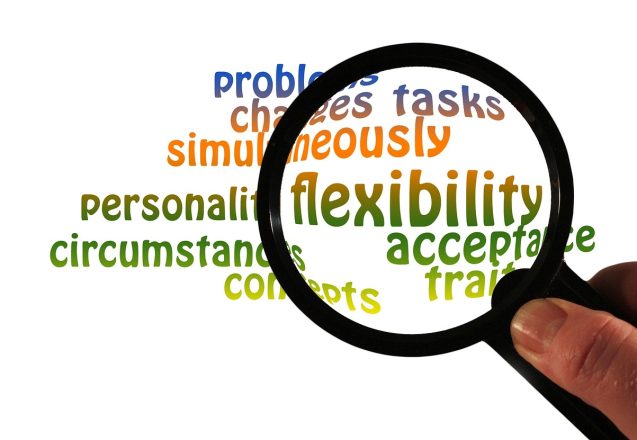
 Do you miss those days when you could eat your favorite food and not feel bad? You can still do that and avoid the programmed mentality the diet culture has created. Food flexibility is based on listening to your body. It takes the bad and good labels away from food and turns it back to just plain food, sustenance for the body that you can enjoy. It also helps prevent the cycles of deprivation and binging or the defeat you feel when you’ve eaten a “forbidden” food.
Do you miss those days when you could eat your favorite food and not feel bad? You can still do that and avoid the programmed mentality the diet culture has created. Food flexibility is based on listening to your body. It takes the bad and good labels away from food and turns it back to just plain food, sustenance for the body that you can enjoy. It also helps prevent the cycles of deprivation and binging or the defeat you feel when you’ve eaten a “forbidden” food.
 Each person has different needs and our programs at LIV Fitness reflect that. We offer nutritional counseling for people who want to lose weight with a wide variety of approaches. A low carb diet is one of those ways. Knowing the healthiest types of carbs to eat is key to healthy weight loss. Whole food should be part of every type of diet. The first step to a healthy low carb diet is eliminating highly processed food that has added sugar.
Each person has different needs and our programs at LIV Fitness reflect that. We offer nutritional counseling for people who want to lose weight with a wide variety of approaches. A low carb diet is one of those ways. Knowing the healthiest types of carbs to eat is key to healthy weight loss. Whole food should be part of every type of diet. The first step to a healthy low carb diet is eliminating highly processed food that has added sugar.